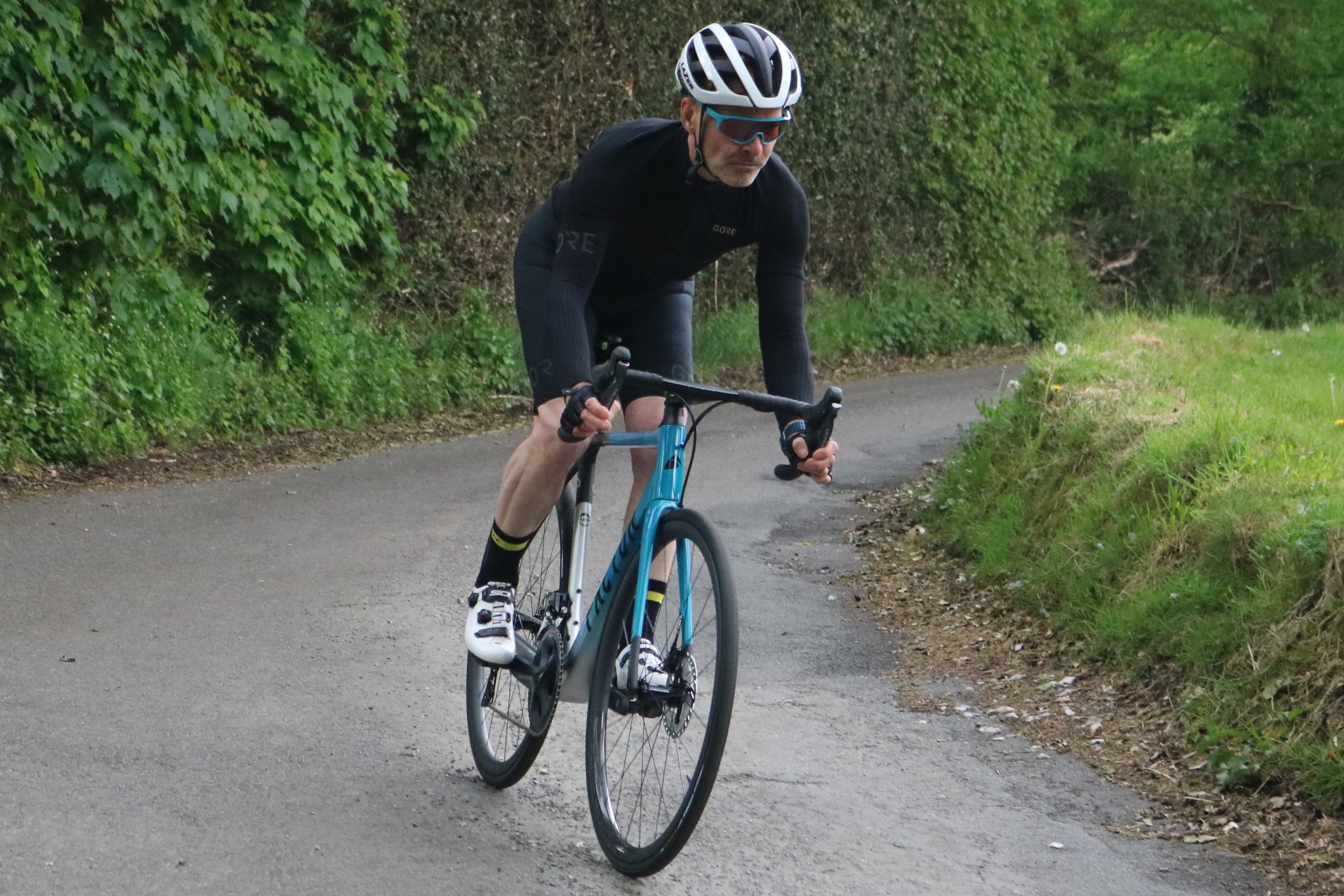Best cheap smart trainers 2025: get connected without the cost
Getting started with indoor training doesn't need to cost a fortune if you use one of the best budget smart trainers

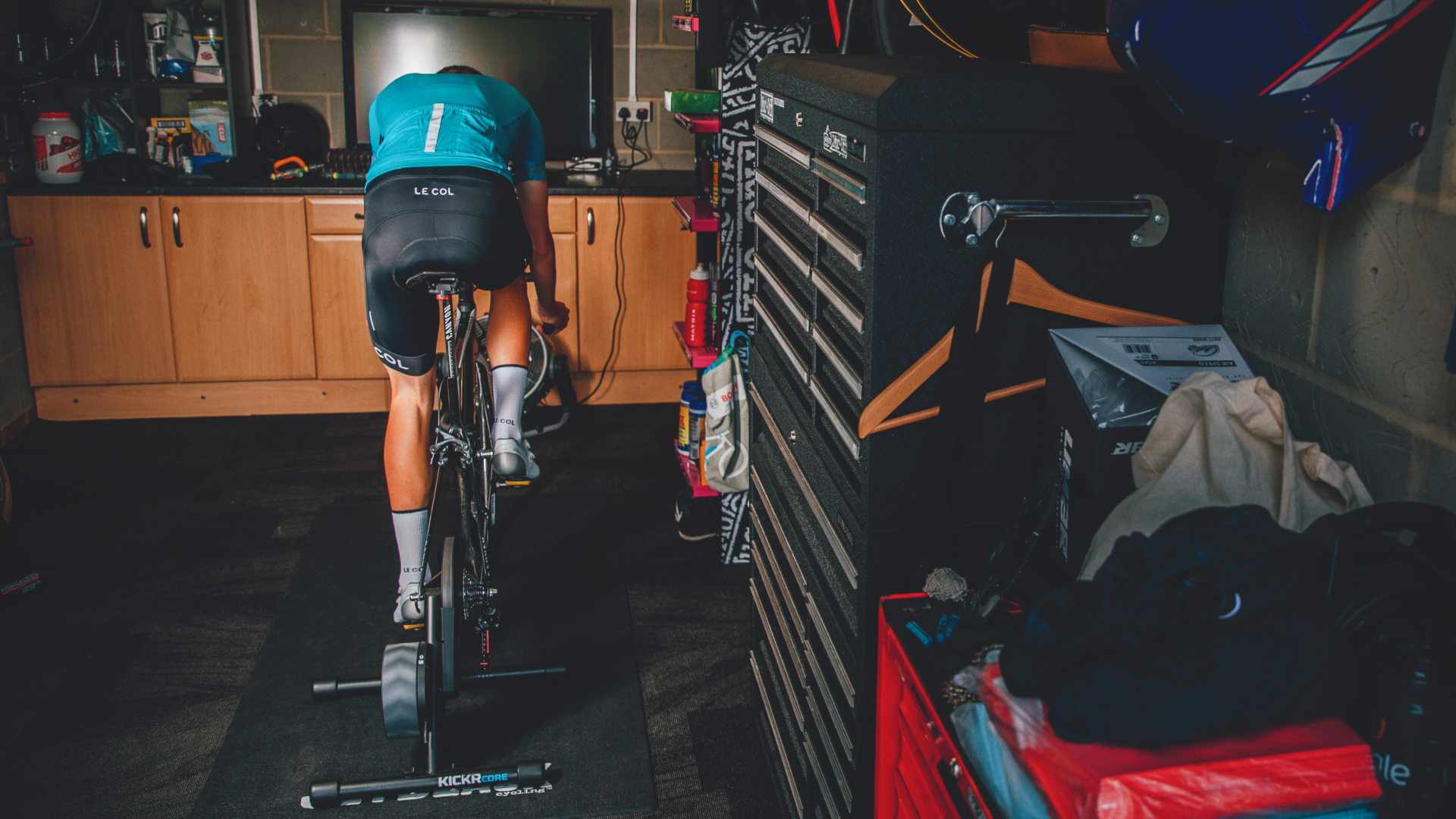
One of the best cheap smart trainers will kickstart your indoor training without the expense. As indoor cycling has become more popular, trainer makers have trickled their technology down to much lower price points. Once a premium product, the best budget smart trainers now offer similar functionality to the best smart indoor trainers at a more reasonable price.
Indoor cycling doesn't just allow you to avoid the weather; it offers many other advantages, such as a more controlled environment where you can focus on your riding, rather than the traffic. It is undoubtedly much easier to get the hang of over the best bike rollers. Now, with the best indoor training apps, the experience is significantly more immersive, allowing you to ride with other cyclists online, without the need for one of the best indoor smart bikes.
A prime example of this is our best overall direct-drive trainer, the Tacx Flux S, which far surpasses trainers that are twice its price.
The best affordable smart trainers come in two main varieties: wheel-on and wheel-off, also known as direct-drive. As the names suggest, wheel-on places the rear wheel onto the trainer, and the tyre runs on a roller connected to the flywheel. Wheel-off or direct-drive mounts your frame directly onto the trainer, allowing for a more accurate transfer of your effort. Why not check which style might be best in our wheel-on vs. direct-drive comparison guide?
The Quick List
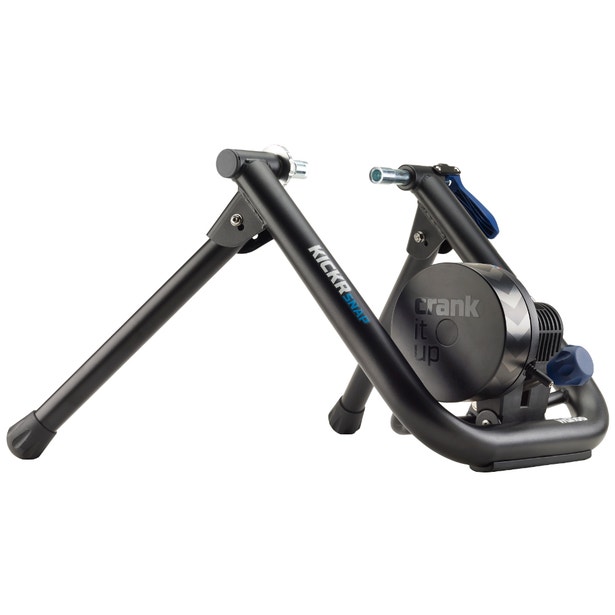
With a max power of 1,500W and a 12% simulated incline, the Kickr Snap boasts direct-drive like numbers - and it's almost as smooth.
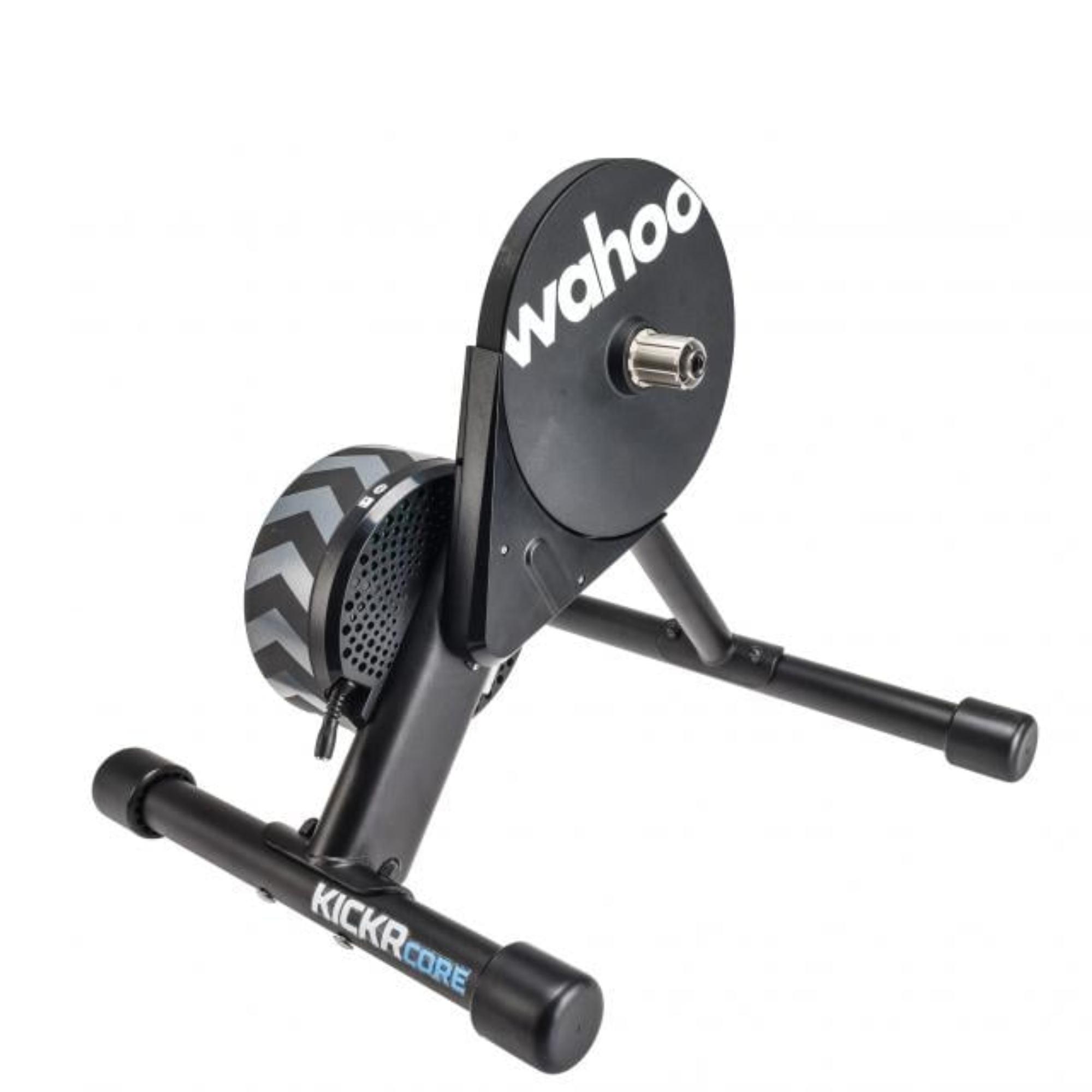
While not quite as stable as the Flux S, its greater accuracy makes it an affordable entry point into high-end indoor racing.
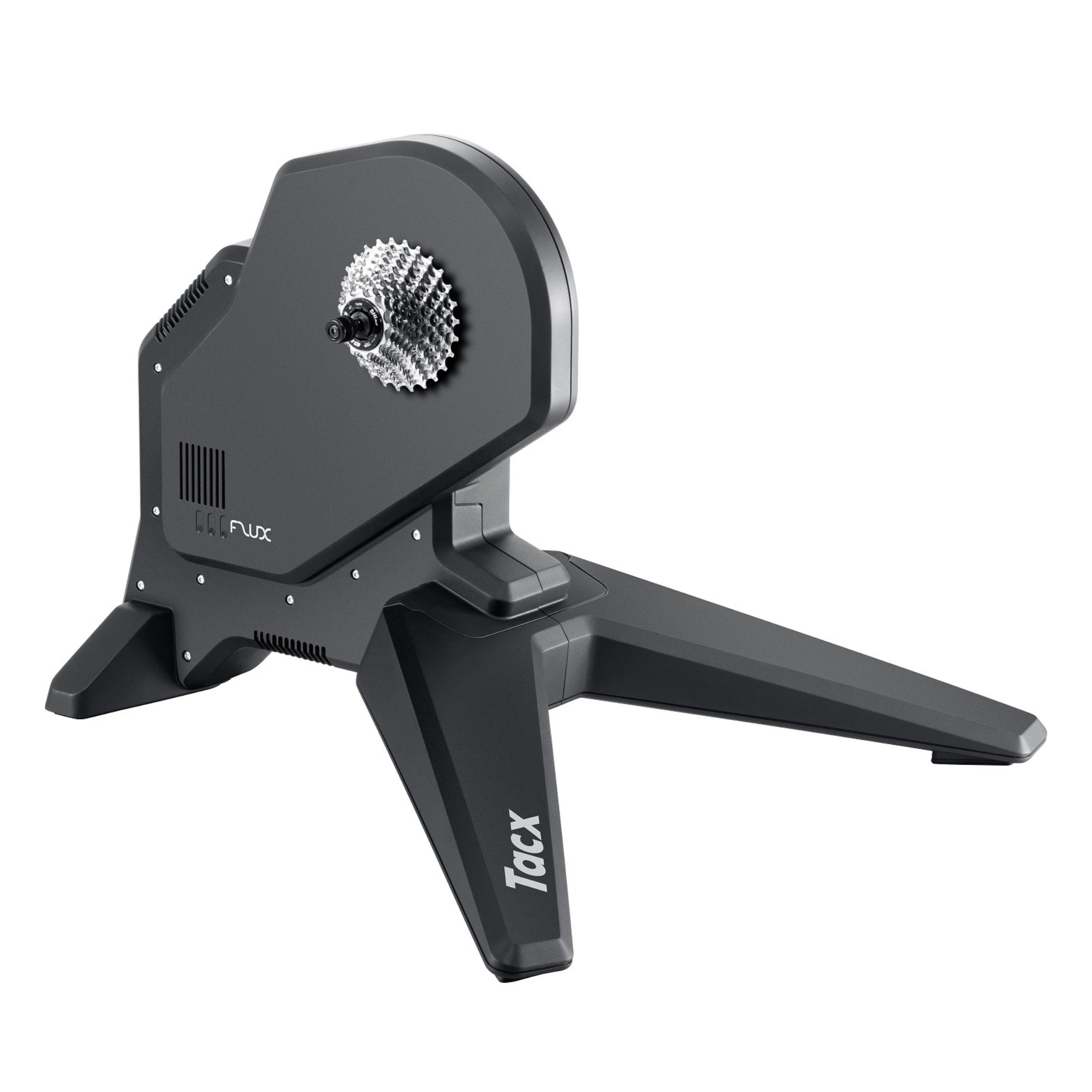
The Flux S is solidly built, offering stability and a smooth ride feel that closely resembles Tacx’s flagship trainer.
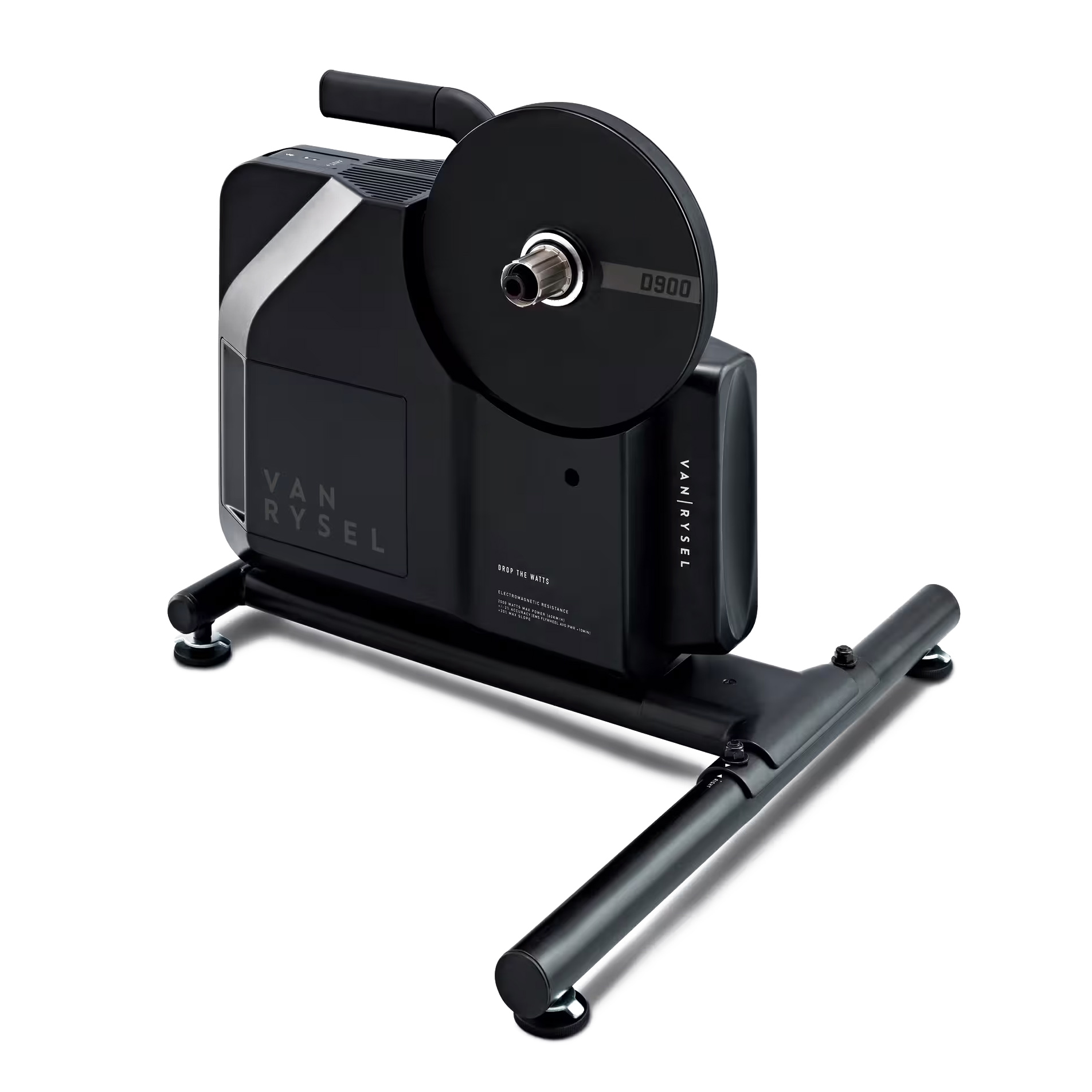
The Van Rysel D900 offers a lot of performance and value for those new to indoor training. Only let down by minor data inaccuracies.
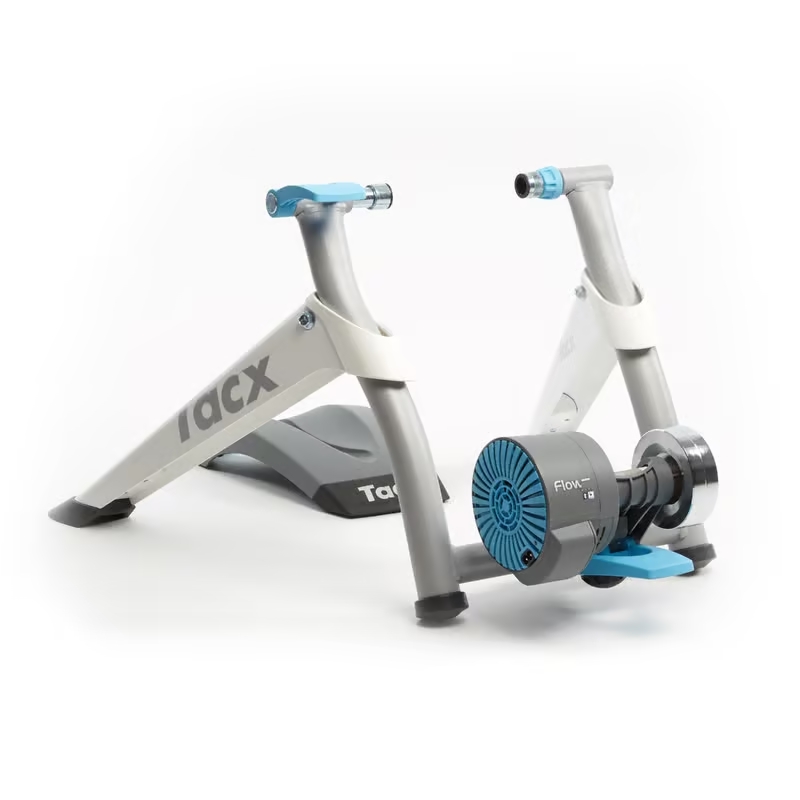
Lightweight, easy to set up and stable to ride, the Tacx Flow delivers 800 watts of resistance, a 6% simulated gradient and a ton of value.
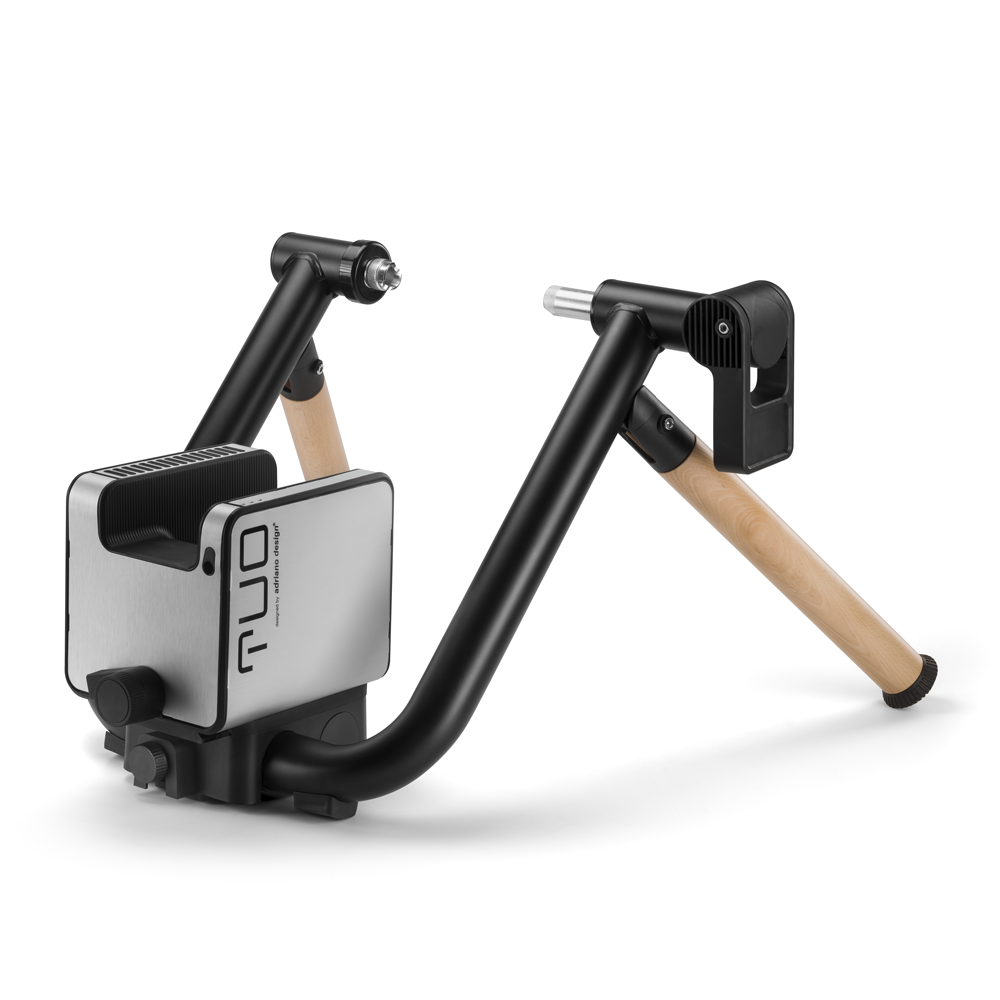
The Tuo is light, small and perfectly formed - and then there are those wooden legs. But looks aren't everything - it also delivers 1,300 watts of resistance.
Best cheap wheel on & direct drive turbo trainers
Best wheel-on overall
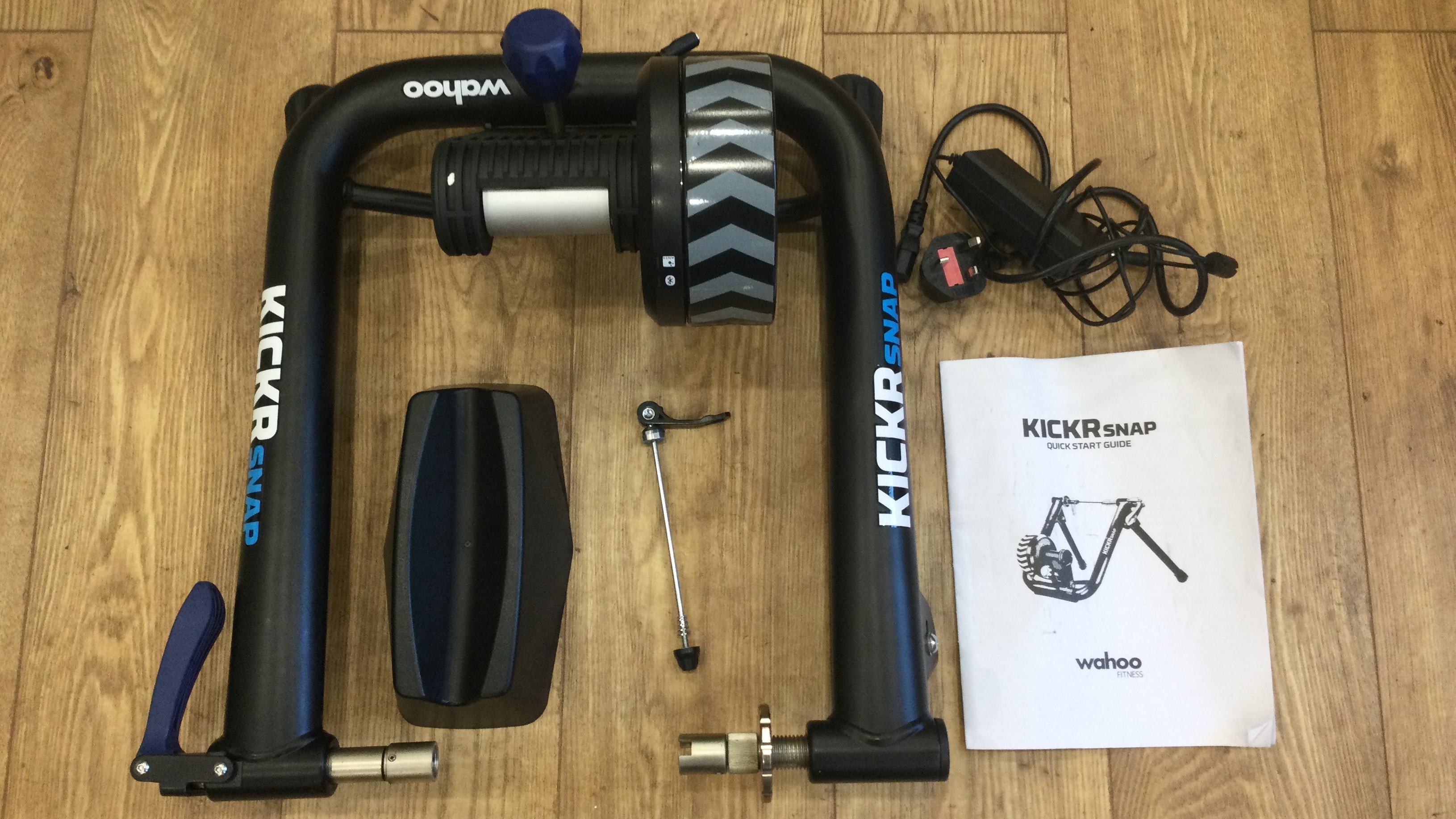
Wahoo Kickr SNAP
Specifications
Reasons to buy
Reasons to avoid
It seems a bit unfair to compare a wheel-on smart trainer to its high-end direct-drive stablemate, but the specification and performance of the Wahoo Kickr SNAP make it hard not to do so. After all, maximum power of 1,500W and a 12% simulated incline are figures that are much more usually seen on direct-drive machines.
The SNAP has a great planted feel and is one of the smoothest wheel-on trainers we've ridden. No, it's not as smooth as a direct-drive turbo but that's a small price to pay given it retails at a third of the price.
At low powers we found the accuracy to be less than the claimed +/- 3% but this improved at higher intensities where these things matter more. Power readings can be a bit spiky, although this largely seemed to be due to an absence of excessive smoothing that more expensive machines are capable of rather than a variation in resistance. There's also a bit of a lag in resistance change at the turn of programmed intervals which we've picked up in other similar-priced machines.
Read our full Wahoo Kickr Snap wheel-on smart trainer review
Best value direct drive trainer

Wahoo Kickr Core
2. Wahoo Kickr Core
Our expert review:
Specifications
Reasons to buy
Reasons to avoid
The Wahoo Kickr Core and Tacx Flux S present an intriguing contrast, resembling a Venn diagram where only a thin sliver represents their differences. Despite their similarities, both models excel in fundamentals, so it’s essential to explore their key distinctions.
Regarding ride feel, the Core outperforms even the flagship Kickr V5 I tested last year (now surpassed by the Kickr V6). This could be due to the flywheel weight. With its significant inertia, the Kickr V5 often felt like riding a ‘spin bike’ rather than on an open road.
The Kickr Core has a 5.4kg/11oz flywheel compared to the 7.3kg/16oz of the V5, making acceleration feel more natural. However, heavier riders might experience otherwise.
In response to sudden gradients and power changes in ERG mode, resistance adjusts smoothly and quickly, without forcing a lower cadence like the V5.
The Kickr Core addresses the shortcomings of the Tacx Flux S. With ±2% accuracy, it offers an affordable entry into high-end indoor racing. A maximum gradient of 16% lets you tackle Alp du Zwift and feel every ramp. It’s also more portable and space-efficient than the Flux S. However, it lacks stability compared to the Flux S, which is notably solid due to its three-leg design.
Best overall direct drive trainer
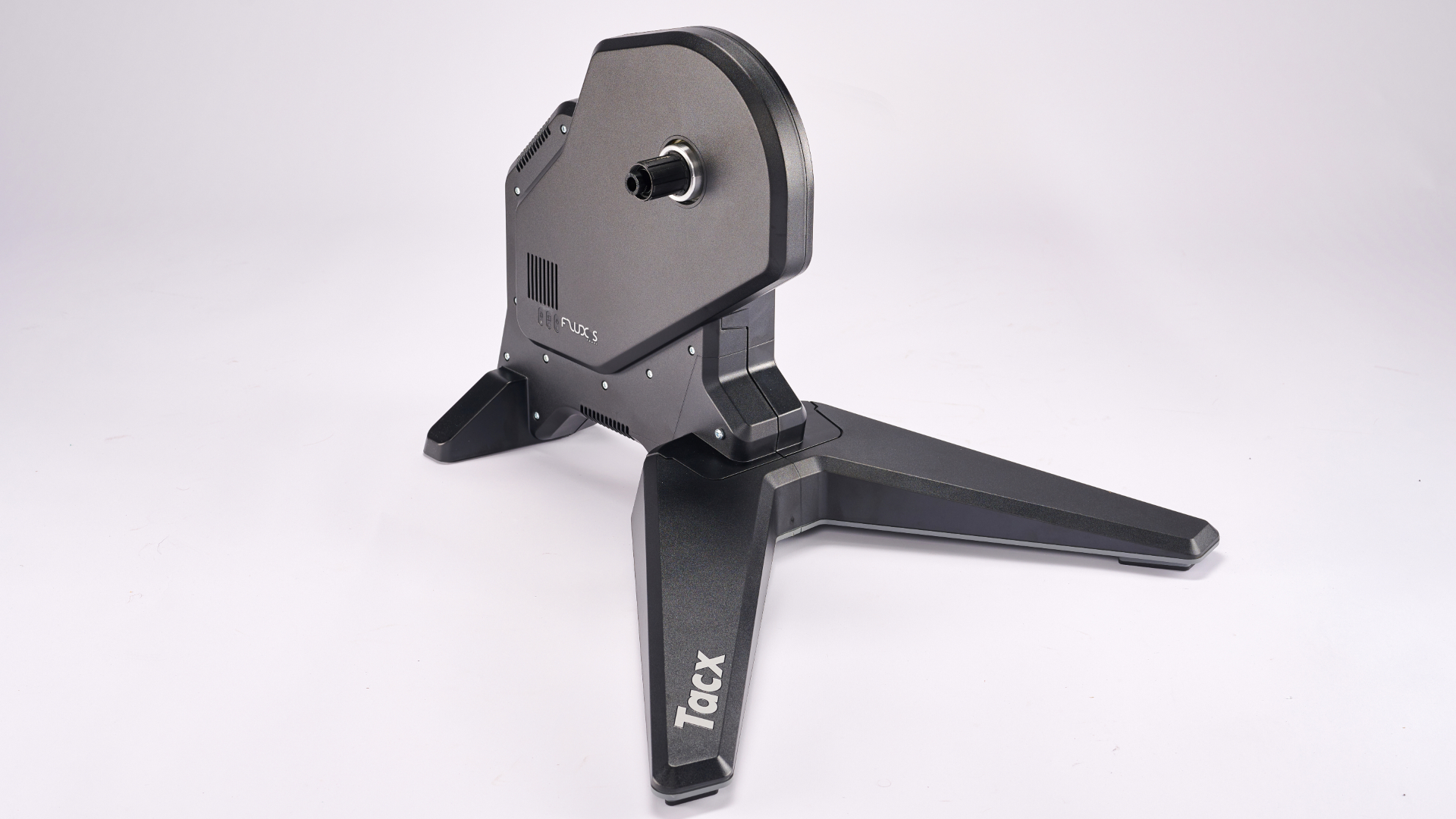
Tacx Flux S
3. Tacx Flux S
Our expert review:
Specifications
Reasons to buy
Reasons to avoid
This indoor trainer is great but not for everyone. Here are the details: With the heaviest flywheel, the Flux S is the heaviest overall. Its unique footprint offers incredible stability, possibly even more than the Tacx Neo 2T I tested last year. Additionally, the resistance and ride feel are impressively close to Tacx’s flagship model. Gradient changes are fast and smooth, and resistance remains steady even at low speeds and cadences, making it a challenge for a trainer.
The ERG mode handled large power differences effectively. Resistance increased quickly, but not as dramatically as the Elite Zumo. When riding without ERG or virtual gradients, I maintained a comfortable cadence at 250w with plenty of gears left – no risk of spinning out. Regarding virtual ride feel and turbo stability, this was the best tested, surpassing even pricier models like the Elite Direto and Wahoo Kickr, which we’ll discuss later. Having covered the basics, it’s worth considering if there's any advantage to pricier models. Unfortunately, yes, but only for specific use cases.
First, accuracy is rated at ±3%, the same as the Zumo, but it falls short of the ±2% standard for top Zwift racers. This is irrelevant for most users, as few race in those categories. For virtual challenges like ‘everesting’, realism must be at 100%. If using Alpe du Zwift, you'll violate this rule due to its max gradient of 14%. While these limitations don’t concern most users, being aware of them is important to avoid surprises, even though this trainer remains our top recommendation.
The other consideration is that this is not a trainer for moving about or stowing away. The legs don’t fold and it is really very heavy.
Best budget direct drive
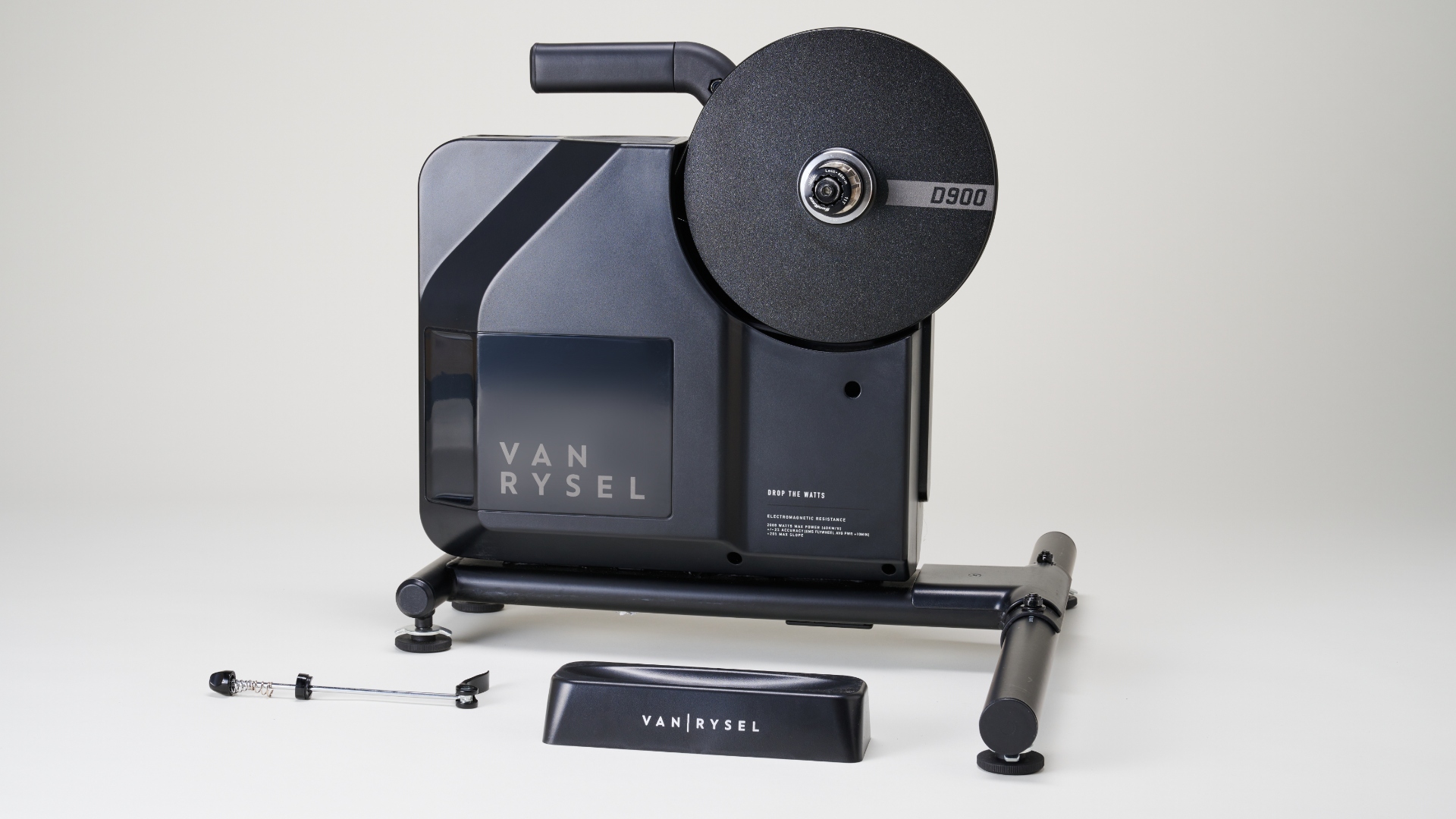
4. Van Rysel D900
Our expert review:
Specifications
Reasons to buy
Reasons to avoid
If all you saw of the Van Rysel D900 was its spec sheet, you would be forgiven to think it should be a price twice what it is. Decathlon (owners of the Van Rysel brand) had one clear objective with the D900, to take on the Wahoo Kickr and Tacx Neo 2T but at a much more affordable cost.
Initially, during our testing, it seemed like Decathlon had hit the nail on the head. The D900 feels very stable and jumping straight into both ERG and SIM modes proved it had what it took to compete. Once I started digging down into the details, that's when I started to see why the D900 is so much cheaper.
After some cross-checking with my 4iii dual-sided crank-based power meter, it appeared the power accuracy wasn't within the +/- 2% Decathlon claims. My testing shows it was actually nearer +/- 12%. Which in my experience is unusual for a power meter based at the hub, as they tend to read much lower. Fortunately, despite the discrepancies the data is consistent. So, with a little bit of maths, you could continue to track your progress and performance.
The Van Rysel D900 does what it set out to do, compete with the best. Assuming don't mind the occasional bit of maths or take your E-racing too seriously. I think the one bit of maths we can all do though is the cost saving over the Wahoo and Tacx.
Read our full Van Rysel D900 turbo trainer review
Best value wheel-on trainer
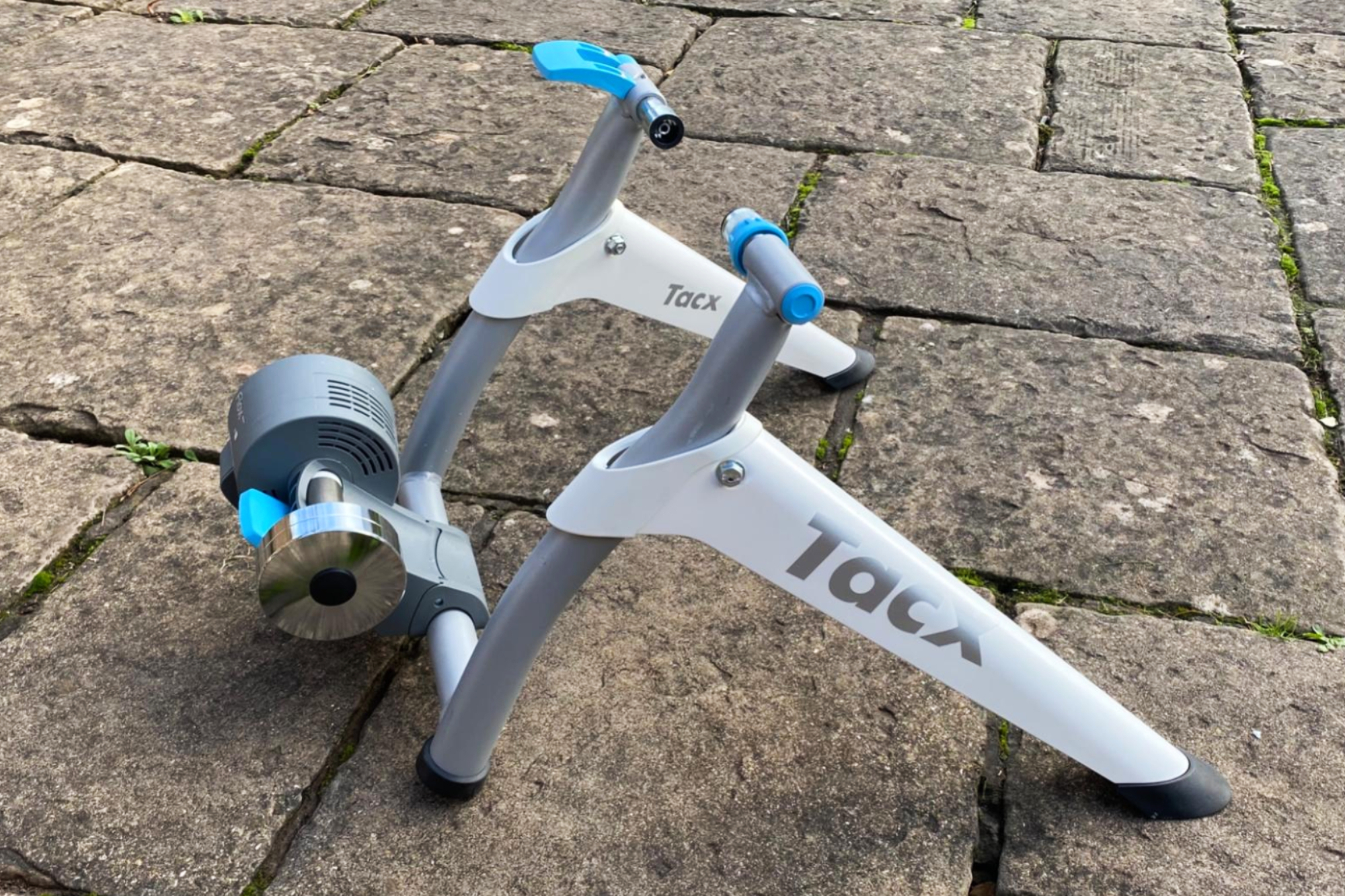
Tacx Flow
Specifications
Reasons to buy
Reasons to avoid
The Tacx Flow is easy to set up, lightweight and can be used unpowered for warm-ups at events. It's very stable, with wide legs and it offers BLE and ANT+ connectivity to transmit speed, power and cadence data to a head unit.
We found that there's a bit of a lag in ramping up resistance both when controlled by Zwift and using ERG mode, which can result in sudden increases when performing certain workouts.
The wheel-on design gives you more limited climb simulation than a direct drive unit at up to 6% and the maximum resistance is 800 watts, with an accuracy of +/- 5%, although we found the Tacx Flow read lower than comparison power meters.
Read our full Tacx Flow wheel-on smart trainer review
Best compact wheel-on trainer
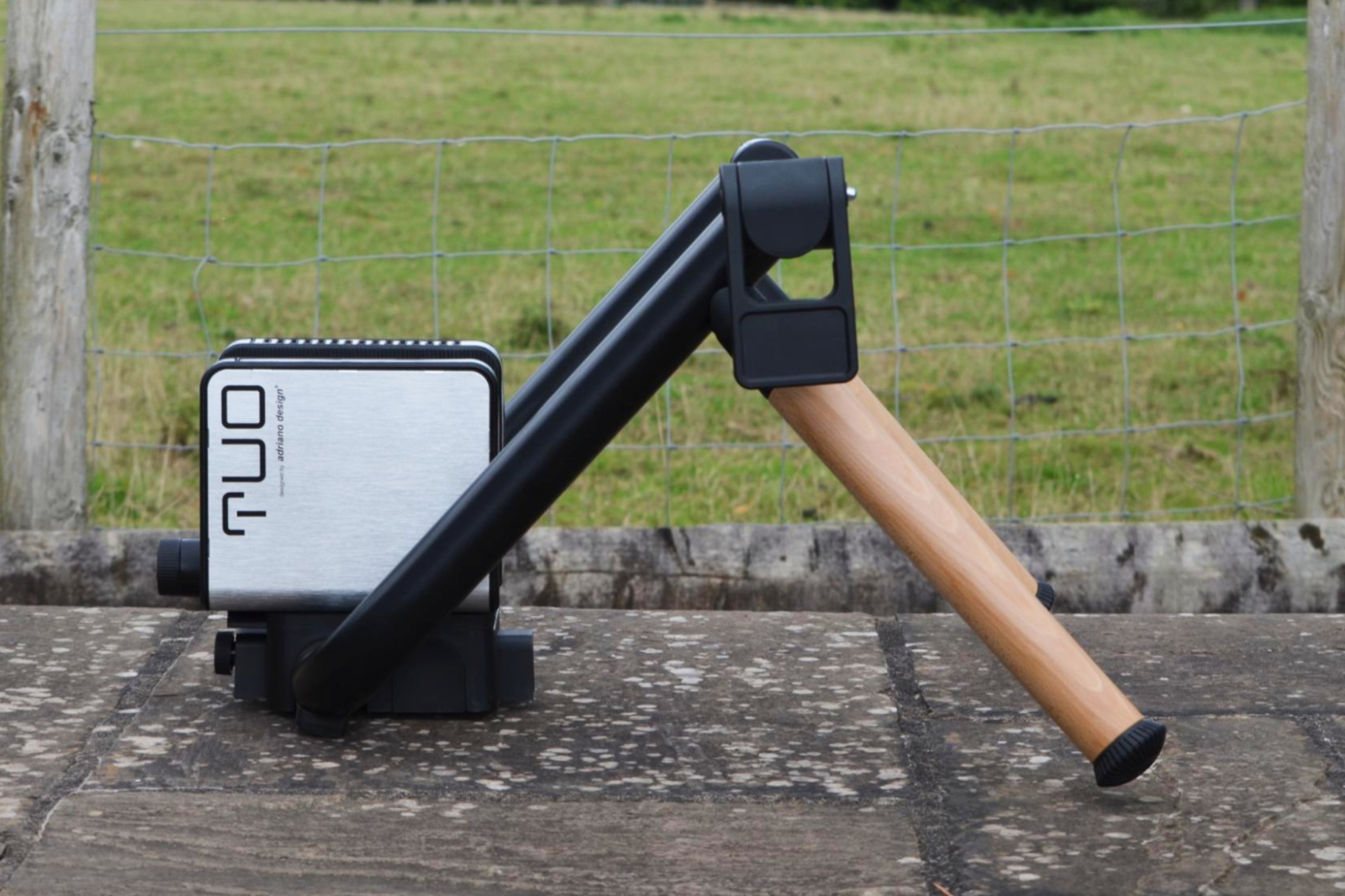
Elite Tuo
Specifications
Reasons to buy
Reasons to avoid
With wooden legs and a square drive unit, the Elite Tuo looks smarter than most trainers. It folds up very small and is lightweight. It's easy to set up your bike on the trainer and thru-axle adapters come with it rather than being an extra.
Elite claims power accuracy of +/-5 per cent, with simulated gradients of up to 10% and 1,300 watts maximum resistance. We thought that the ride was very smooth, with no skips from the roller and power and cadence were accurately measured except in short, high-power sprint efforts.
Read our full Elite Tuo wheel-on smart trainer review
How we test
The Cycling Weekly team has logged hundreds of virtual kilometres on all the budget-friendly smart trainers showcased in this buyer's guide. The overall rating considers factors such as ease of setup, how well the units connect with apps like Zwift, overall specifications, and how easy they are to store and transport.
We evaluate these trainers over multiple indoor sessions. This provides insight into their performance and allows us to assess their accuracy in replicating sessions and data. Our findings are then verified against a power meter or other home trainers for comparison.
While our primary testing occurs on Zwift, providing consistent reference points, we also test compatibility with other third-party indoor cycling apps where possible. Most importantly, and albeit subjectively, we attempt to express the idea of 'ride feel'—how pedalling feels on the trainer across a range of efforts. This aspect, perhaps more than any other, influences the enjoyment of using a trainer.
To read more about how the team is going about testing products, why not check out our How We Test page?
How to choose a cheap smart trainer
The first question you should probably ask yourself is whether you need your trainer to be smart and offer connectivity. If you are looking for something to just spin your legs during warm-ups and cool-downs, then certainly consider some of the best bike rollers over a turbo trainer.
If you want to add structure to your training and maybe even race, then a smart trainer is exactly what you should be looking for.
What makes a trainer smart?
A trainer has to offer variable resistance to be useful. Yes, spinning away and varying your cadence will give you some training benefits, but working against varying resistance will give you more.
A non-smart trainer will give you an adjustment knob to up or reduce the resistance yourself. However, a smart trainer will vary resistance automatically, opening up a much more interesting experience when you link your trainer up to Zwift, Wahoo X or any indoor training apps.
A smart trainer will have Bluetooth and ANT+ connectivity, allowing it to link to one of the best cycling computers, smartphones, computers, or other devices like one of the best smartwatches.
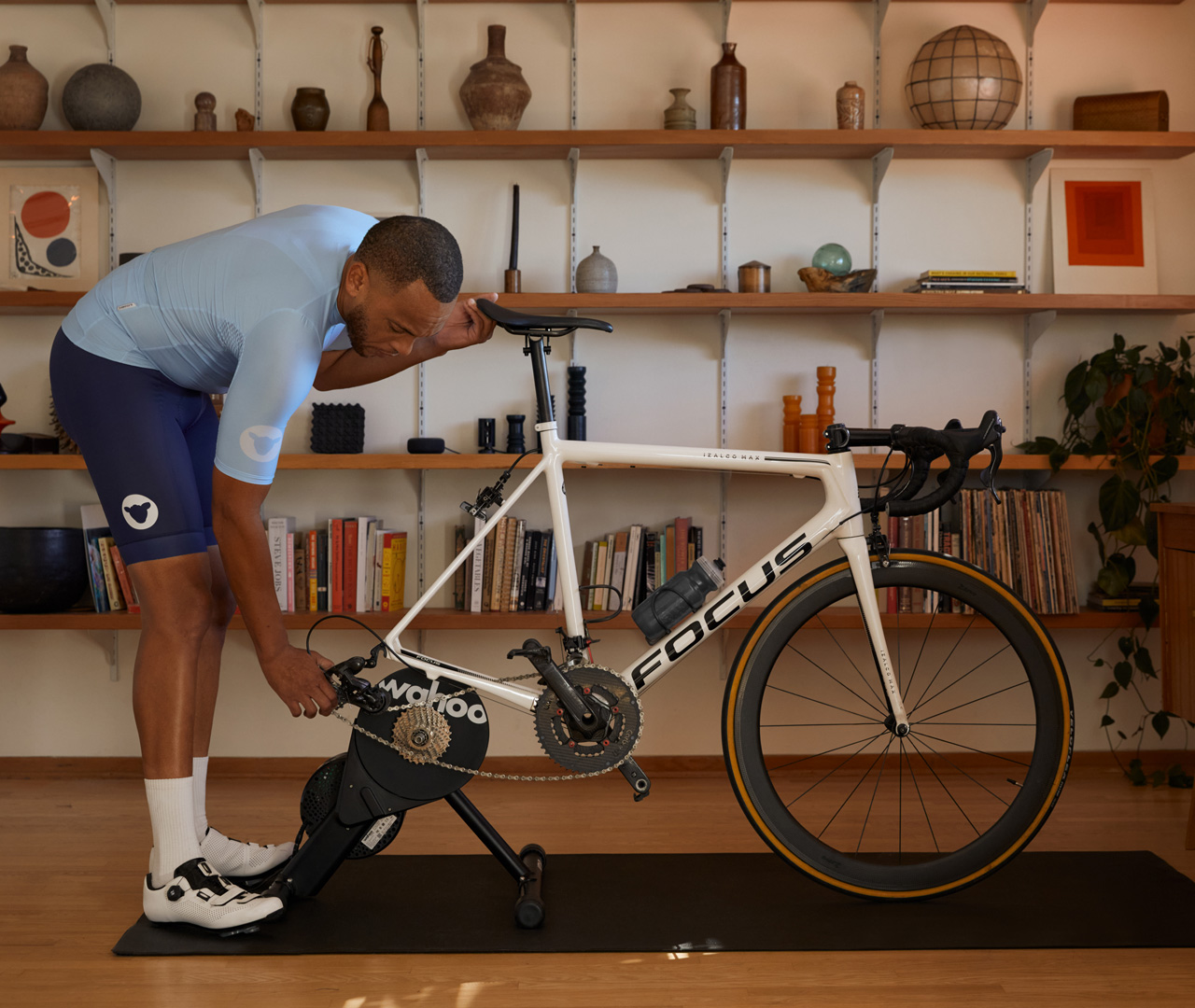
Is wheel-on or direct drive better?
The cheapest smart trainers are usually wheel-on options. They have the advantage that you can just anchor your bike in the trainer and start to ride with very little intervention from you. Among their disadvantages is that the trainer can wear through a rear tyre quickly, so you may need a harder compound indoor cycling tyre. The power measurement is likely to be less accurate than a direct-drive model, too.
A cheap, direct-drive trainer will give you more reliable power figures. Although it probably won't be as accurate as premium models. For most, a figure of +/-3 per cent in power readings isn't going to make a lot of difference to your training or racing, but you might have to do a little math just to make sure you stay on track. Some mechanical intervention is needed, though, and this might be daunting to some. You will need to buy a cassette and fit it, as well as remove the rear wheel and make sure it's fitted in the trainer correctly, but you'll save wear on your rear tyre.
So, it will very much depend on your circumstances. Our advice is that if you have a second bike or don't plan on using the trainer much, a wheel-on system can be much cheaper. However, if you are inclined to spend a winter sweating it out in your shed, a direct-drive is a must.
What more do I get from a premium smart trainer?
An affordable smart trainer will give you the same basics of resistance controlled by a programme like Zwift as a more expensive smart trainer.
As mentioned above, the absolute power accuracy may not be as precise as a premium smart trainer, but it's not going to be enormously inconsistent. If you have a power meter on your outdoor bike, you can always use that for your indoor power measurement so you get consistent results indoors and out.
Brands are adding new functionality to their premium models. In the case of the Tacx Neo 2T, this includes simulated cobbles and both the Neo 2T and the Wahoo Kickr, (but not the brand's more affordable smart trainers), provide side-to-side movement for a more realistic ride feel.
Wahoo has now added WiFi to the updated Kickr too, so you can network it directly to the internet, increasing data bandwidth and allowing automatic firmware updates.
The biggest difference is the unit's responsiveness to changes in power and cadence. For many, this will be in the use of ERG Modes, which is what drives the use of apps like Zwift.
FAQs about cheap smart trainers
Can you use any smart trainer with Zwift?
Pretty much, yes! Assuming the unit states it can support that connectivity, which all of the units in the guide do, take it away.
Do pay attention to the accuracy of the power measurement, as this can significantly affect how responsive your avatar is. Zwift recommends that if you are serious about racing, you should use a unit that supports a minimum accuracy of +/- 2%. Currently, the only trainers in this guide that meet that standard are the Wahoo Kickr Core and the Van Rysel D900.
Can I use any bike on a smart trainer?
Absolutely, assuming the smart trainer offers compatibility with your wheel/tyre, axle, and cassette standard, you can definitely use any bike. The best affordable smart trainers are not limited to just the best road bikes.
For wheel-on units, the limitation will depend on the wheel size of your bike. Some will not accommodate large tyres or very small wheels, and they certainly do not perform well with knobby tyres.
Direct-drive units are far more forgiving in that there are only two or three common axle standards. More often than not, the issue comes down to cassette compatibility. However, most will now support Shimano HG, Sram XD & XDR, and both Campagnolo standards.
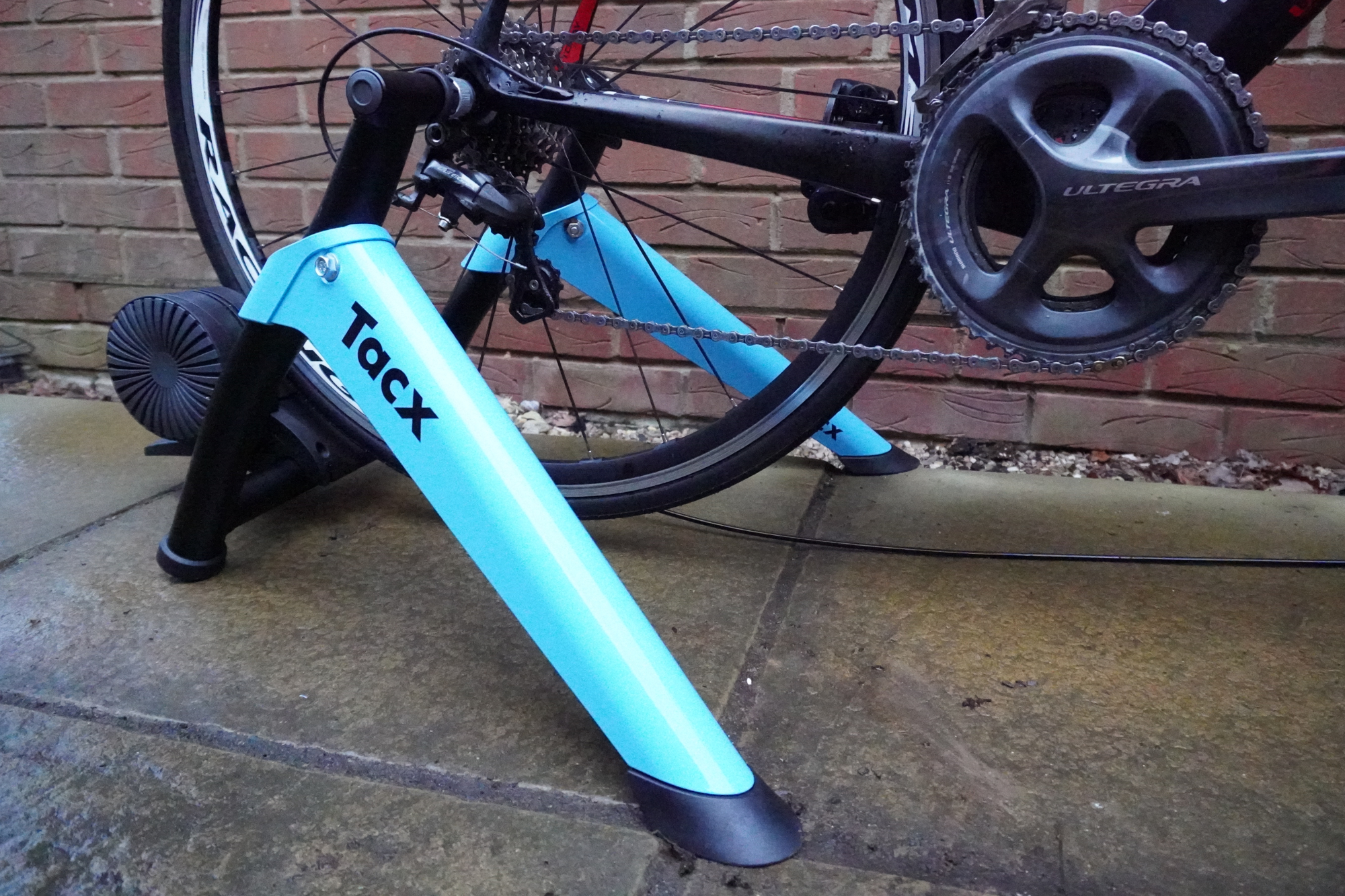
Do I need to swap my tyre when using a wheel-on smart trainer?
No, you don't have to; it is just highly recommended. The main reason for this is that the roller wears your tyre much quicker than tarmac would. This is because of the force the roller must apply to allow the unit to provide resistance.
However, if you are not concerned, or if you are using a second bike, then it's not a necessity. In the long run, it will probably save you some money.
The latest race content, interviews, features, reviews and expert buying guides, direct to your inbox!
Paul started writing for Cycling Weekly in 2015, covering cycling tech, new bikes and product testing. Since then, he’s reviewed hundreds of bikes and thousands of other pieces of cycling equipment for the magazine and the Cycling Weekly website.
He’s been cycling for a lot longer than that though and his travels by bike have taken him all around Europe and to California. He’s been riding gravel since before gravel bikes existed too, riding a cyclocross bike through the Chilterns and along the South Downs.
- Sonny EvansWriter
- Matt Ischt-BarnardEcomm and Tech Writer
